- Who We Are
- Our Programs
- Our mission is to empower families to gain access to decent, safe and affordable housing. This mission is fulfilled by partnering with families to become homeowners or improve the safety of their existing homes.
- Homebuyer
- Home Repair
- Free Lead Remediation
- Rock the Block
- Almost Home
- Global Support
- Construction Resources
- Homeowner Resources
- How You Can Help
- ReStore
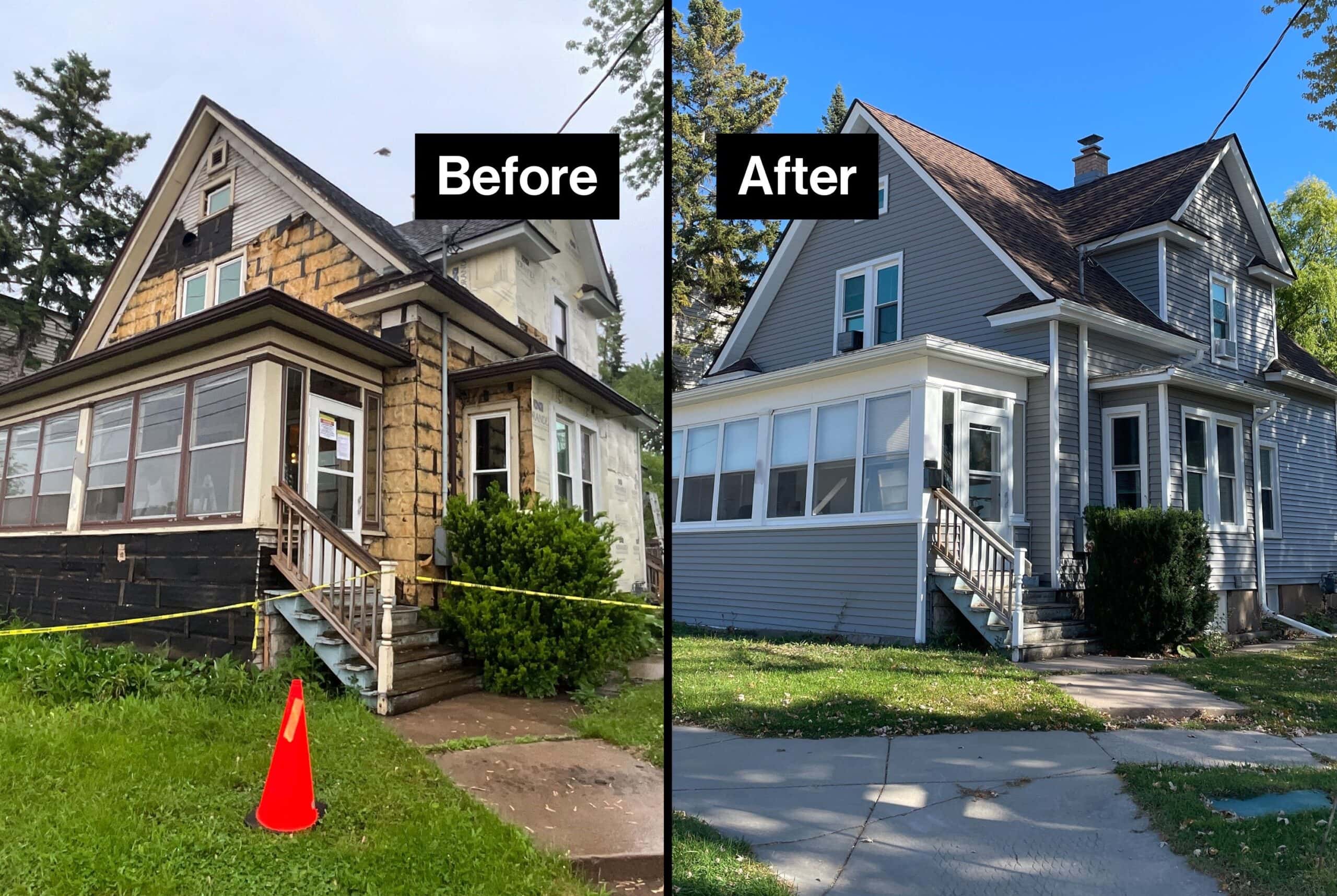
Lead Risks in the Fox Cities
Posted on November 4, 2024
Lead Risks in the Fox Cities
Lead poisoning is a serious and dangerous condition, especially for children. It can lead to brain damage, reduced IQ, learning disabilities, developmental delays, and various other health and behavioral issues.
Although lead was banned from paint, varnish, and gasoline in 1978, it remains present in many older homes. According to the Wisconsin Department of Health Services, 59% of Wisconsin’s housing was built before that year, meaning many families are likely living in homes with lead paint. In Appleton, Kimberly, and Menasha, 12.8% or more of children aged 6 and under tested positive for lead poisoning, with surrounding areas showing rates between 5.8% and 12.4%. Lead paint continues to silently affect many in our community until it’s detected and addressed.
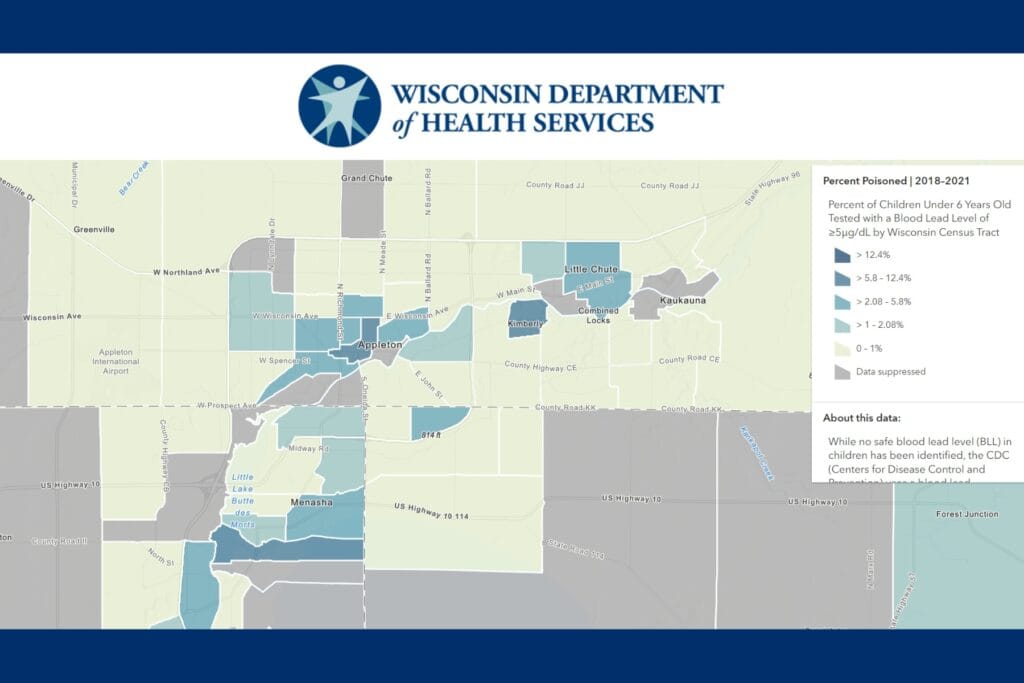
What to do when Home is a Hazard
We recently caught up with Aimee and Almeida, a wonderful family from Menasha who are very involved in their children’s sports activities. Almeida even coaches his son’s teams! The couple have lived in their home since 2008, but their feelings of stability and security changed when their daughter moved back in with her two young children, ages one and two.
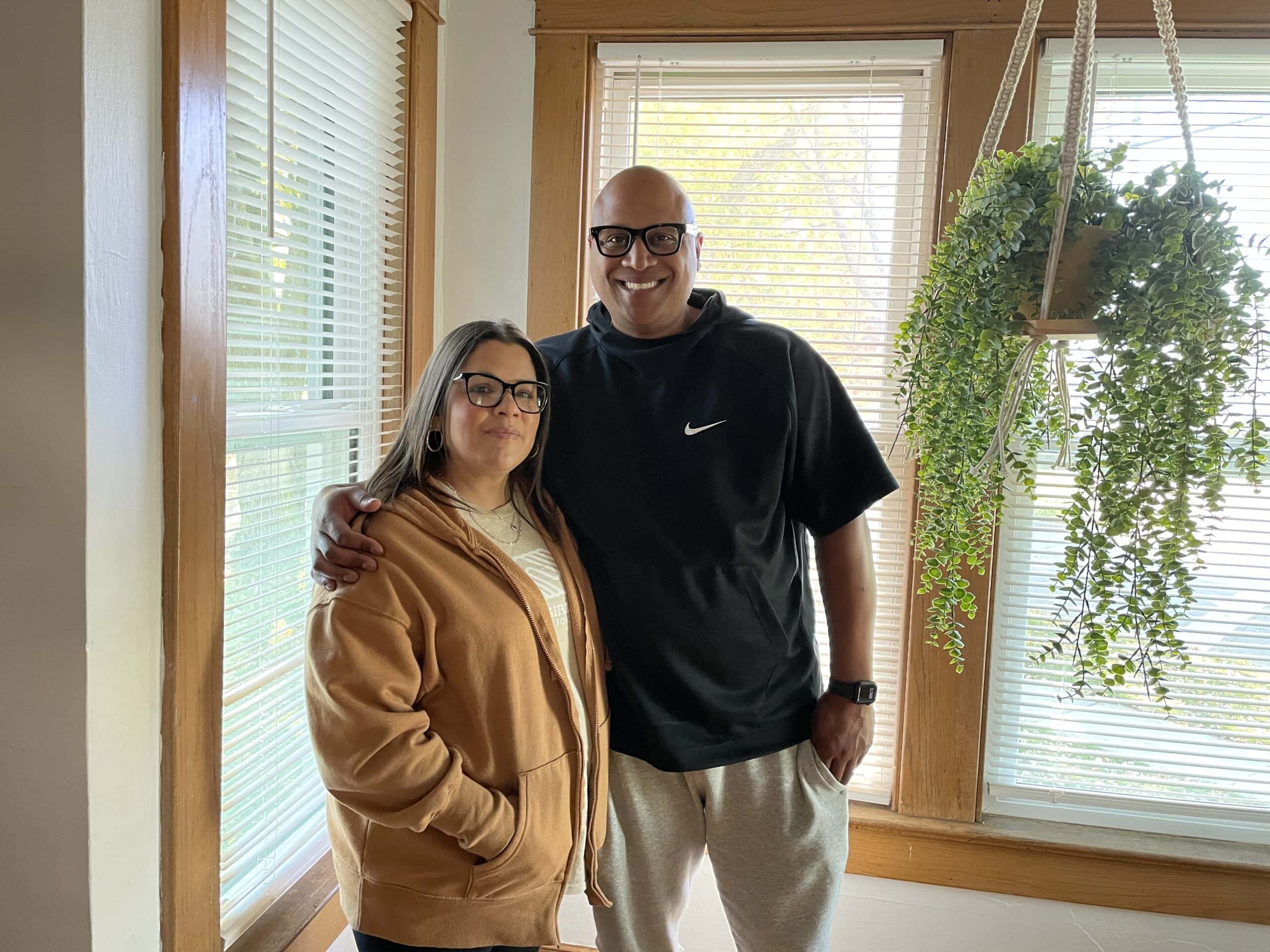
After both children tested positive for elevated levels of lead during a routine checkup, Aimee and Almeida knew they had to take immediate action to make their home safe. Built in 1913, the house had lead present in both the exterior paint and some interior walls.
Aimee and Almeida reached out to several contractors, hoping to find a safe solution for the lead hazards in their home. Unfortunately, many contractors recommended simply painting over the existing lead paint, presenting it as a quick, cost-effective fix. Yet, Aimee and Almeida recognized that his approach would only conceal the issue rather than fix it, and the home already had multiple layers of paint which showcased that this method was already attempted.
Knowing that leaving their family in a home with lead hazards was not an option, they explored a more permanent solution. However, replacing the siding to remove the lead was not in their budget. Faced with limited choices, they considered selling the home that had been their sanctuary for the past 15 years. While it would have been emotionally challenging to leave behind a home that is filled with memories, Aimee and Almeida knew the safety of their family was the top priority.
“It was difficult because anyone we brought in to find a solution kind of backed away due to the age of the house. Even if they wanted to fix it, it was an expensive repair because of the hazardous materials.” -Almeida
Before & After
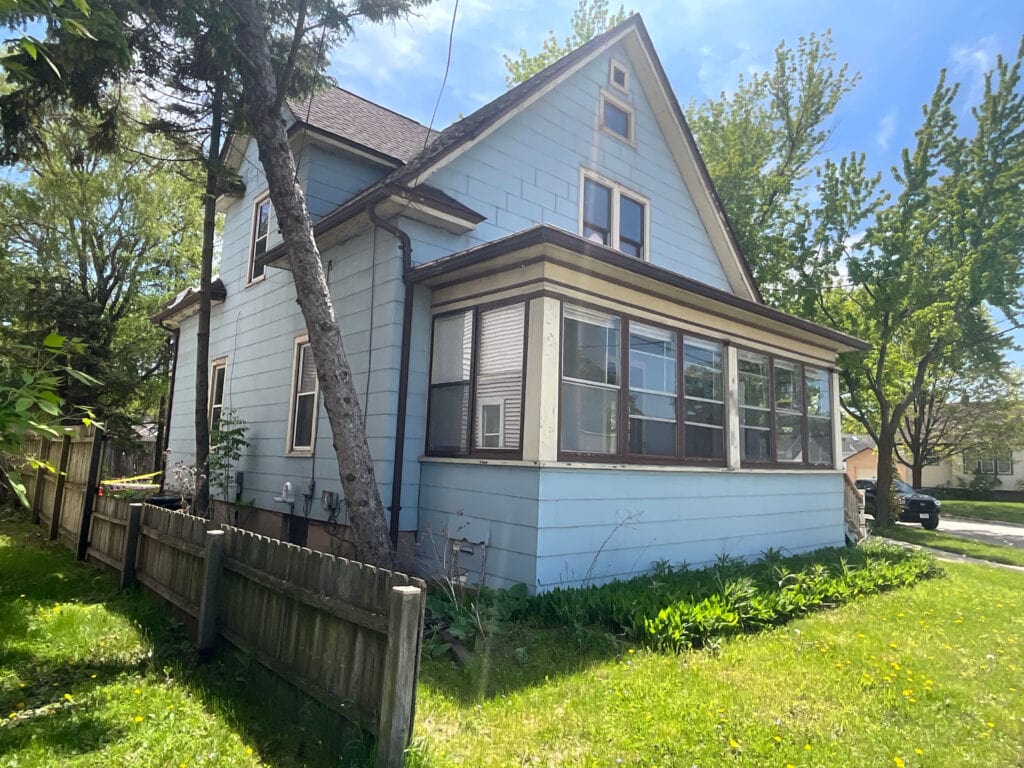
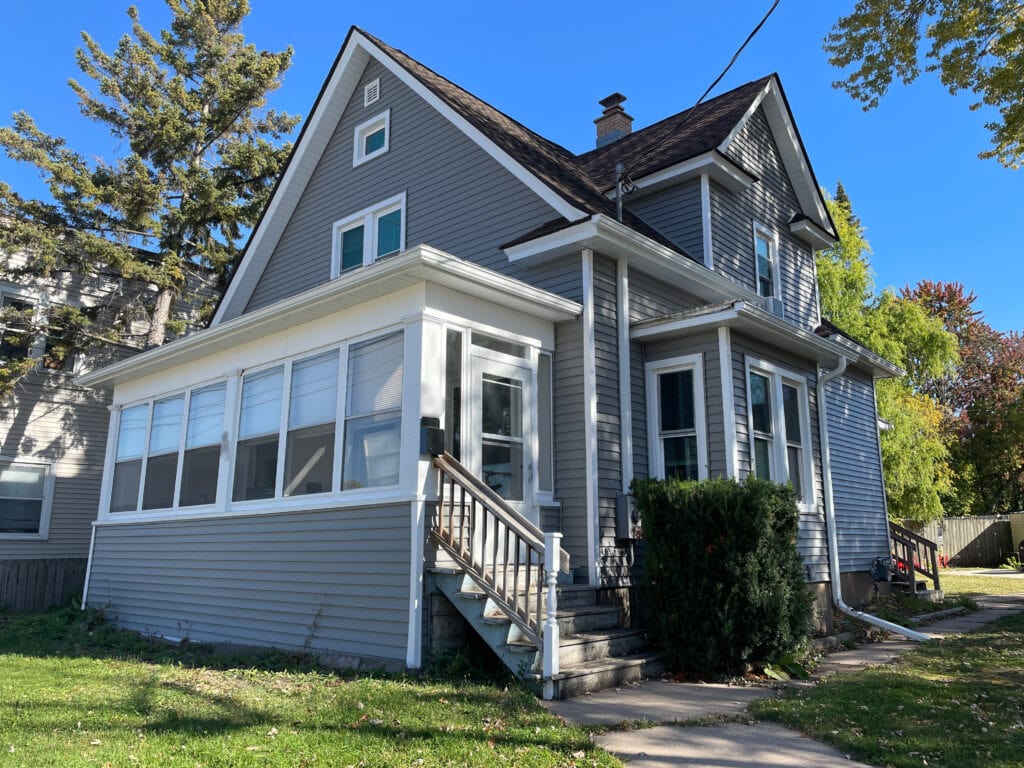
Fortunately, a friend told them about Fox Cities Habitat for Humanity’s Lead Safe Homes program. Since they were already participating in the Doty Island Rock the Block program, they knew they could trust Habitat. The family had several of their original windows replaced, and though the new windows haven’t been through a winter yet, they’ve already noticed a big improvement in how well the home retains heat. Habitat replaced the siding in just 10 days, and due to the asbestos hazard, the family stayed in a hotel during the process.
They are thrilled with the transformation and feel a profound sense of relief knowing their home is now a safe environment for their family. With the support of Habitat and the Lead Safe Homes program, funded by the Wisconsin Department of Health, they can finally enjoy their home with complete peace of mind, knowing that their loved ones are protected. For Aimee and Almeida, this journey has not only safeguarded their family’s health but has also deepened their sense of pride and comfort in the place they call home.
“I think Habitat did a fantastic job. We get a lot of compliments on our home now that we have never gotten before”
– Almeida, Aimee

During Renovations
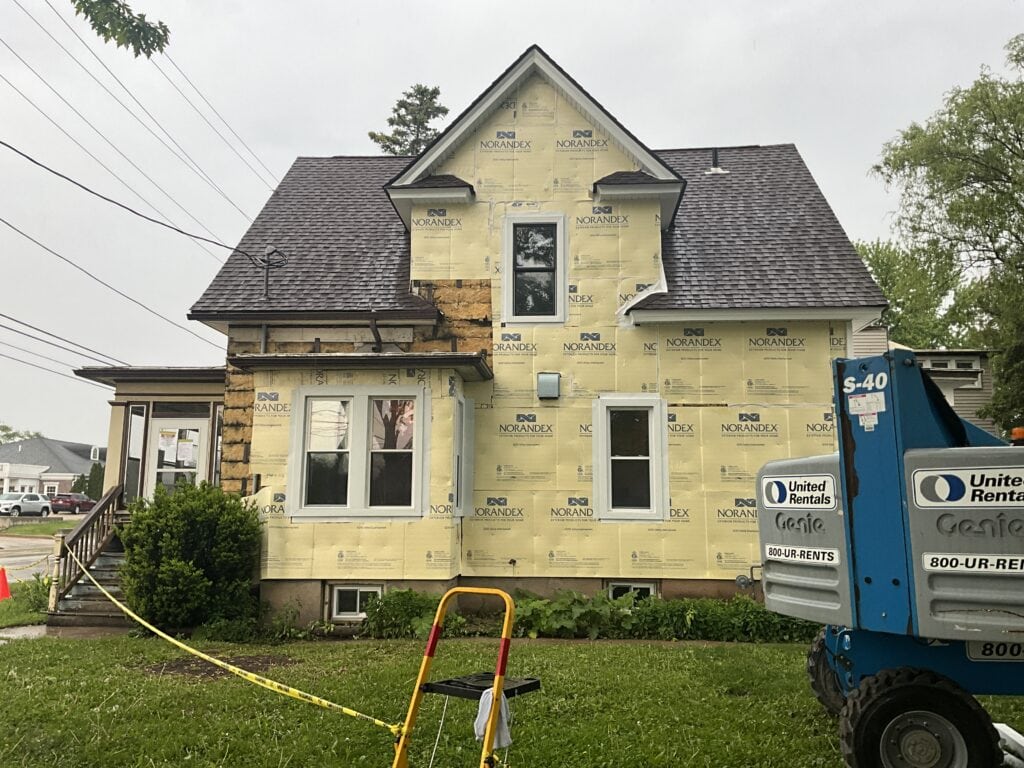
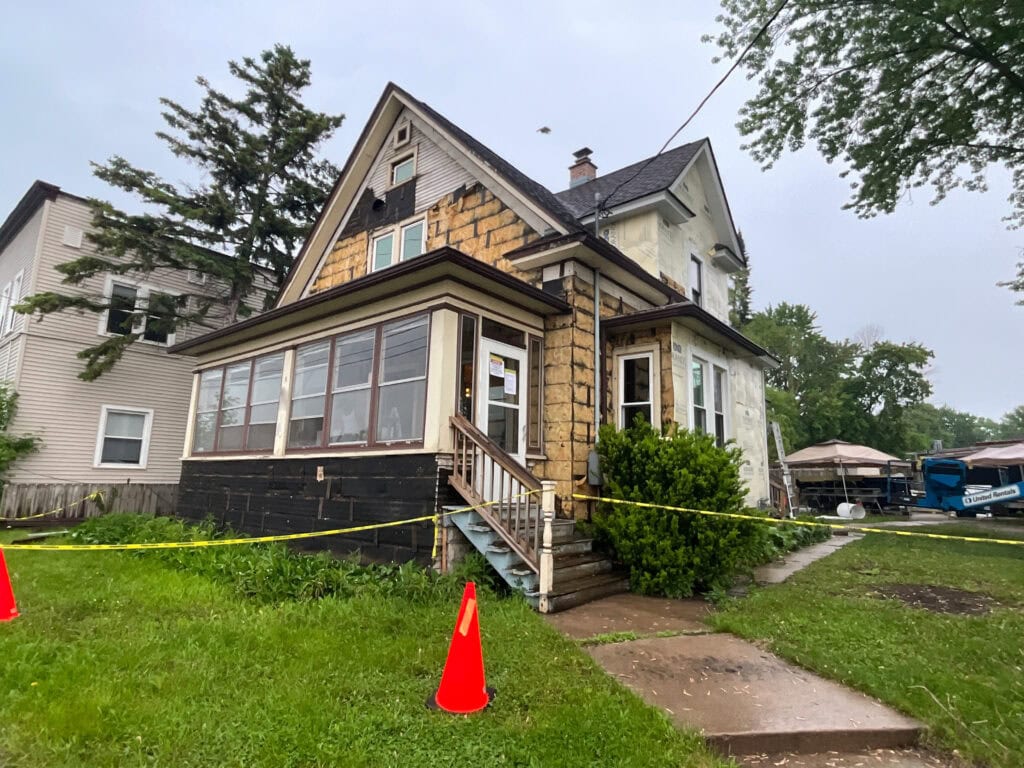
Since the renovations, Aimee and Almeida have been inspired to enhance their home’s curb appeal, finding joy in the small projects that further elevate its look and feel. This has sparked enthusiasm and motivation to refresh the landscape of their home and to tackle other small improvements when they can. Each improvement is a step toward creating a home that reflects their family’s journey, love, and dedication, and it brings them happiness to see their home evolving into a place of true comfort.
“After the Habitat projects were done, we continued to do little stuff that was within our control, and we’re still want to do other things to make it look better on the outside” -Aimee
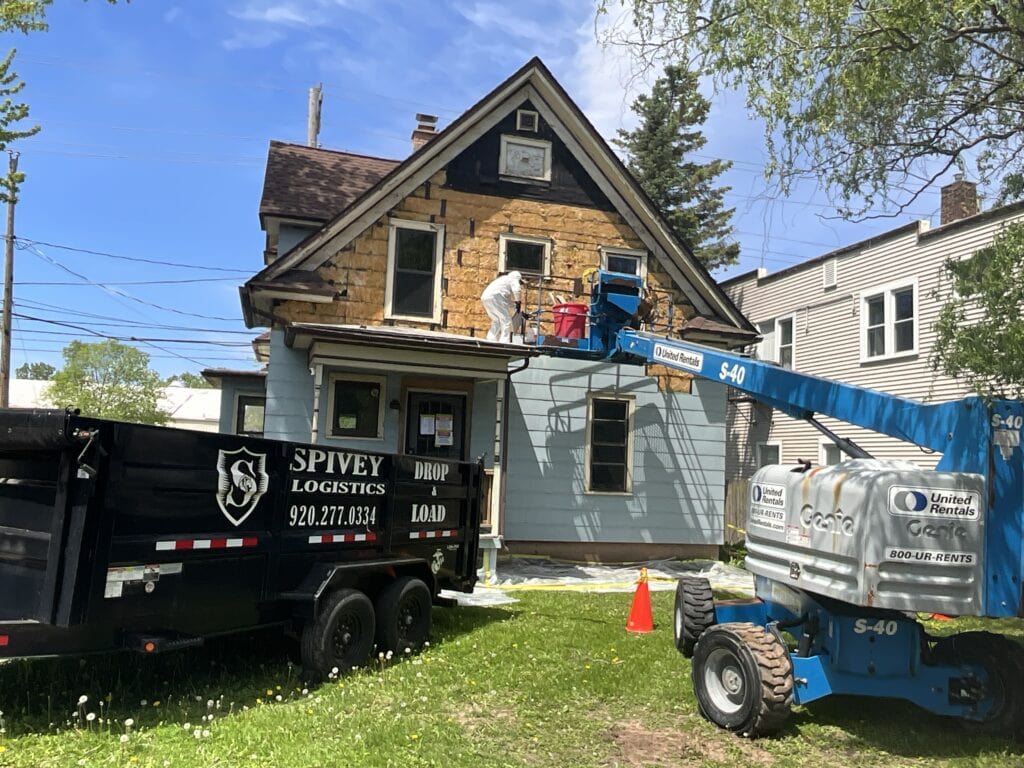
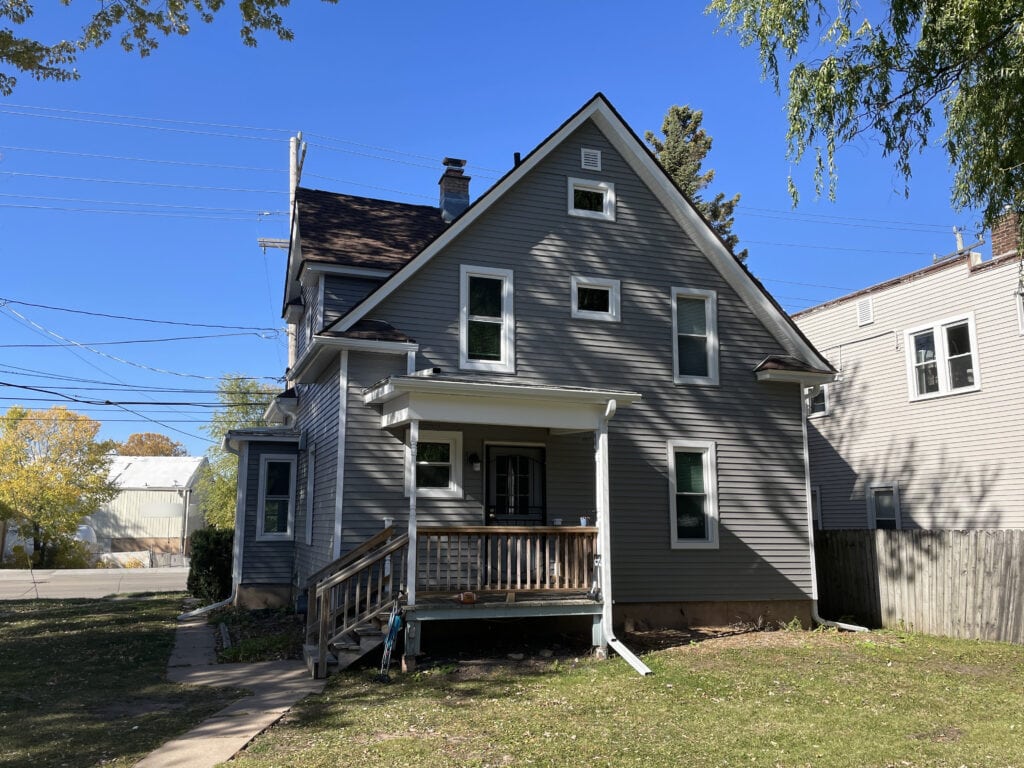
Sources
Wisconsin Department of Health Services. “Lead Poisoning Data and Reports.” Wisconsin Department of Health Services, 10 Oct. 2023, www.dhs.wisconsin.gov/lead/data.htm.